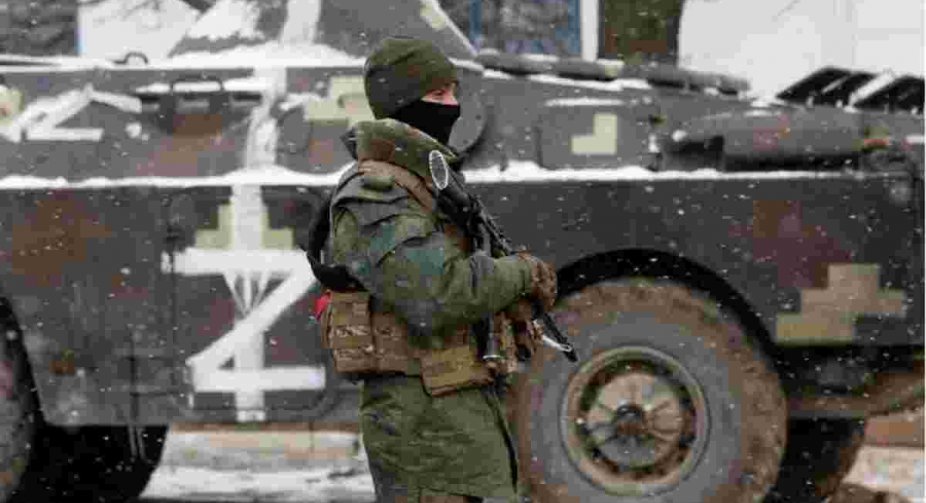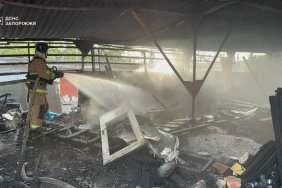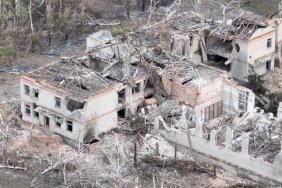The American Institute for War Studies (ISW) reported in a summary analysis of the June 7 frontal situation that the Kafirs began withdrawing troops from positions in Zaporizhzhia Oblast.
Russian troops began withdrawing from positions in Zaporizhzhia oblast, probably either to rotate damaged units to the rear or to strengthen Russian defenses in northwest Kherson oblast, although ISW cannot yet confirm the assignment of these forces.
ISW experts' key theses:
Russian forces have likely gained control of most of the residential sector of Severodonetsk and have stormed Ukrainian positions in the industrial zone in the past 24 hours. The operating environment in the city remains fluid.
Russian forces continued to advance on Slavyansk to the southeast from the Izyum area and west of Liman, attempting to break through Ukrainian defenses that stopped most direct frontal assaults from Izyum.
Russian forces are likely attempting to reinforce their actions in the Severodonetsk-Lysychansk area, both from the Toshkovka-Ustinovka area to the south and from Kupyansk to the northwest.
On June 7, Russian forces failed to re-establish forward positions on the western (now Ukrainian-occupied) bank of the Igulets River.
Russian Defense Minister Shoigu stated that Russian troops resumed transit traffic between the newly occupied towns and Crimea.
Russian occupation authorities continue to face problems suppressing Ukrainian resistance and finding partisan supporters, despite increasingly draconian occupation measures and attempts to bribe Ukrainian civilians.






